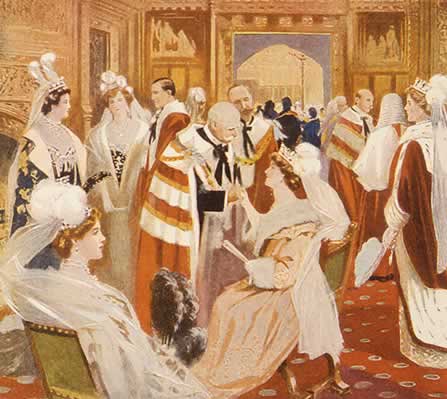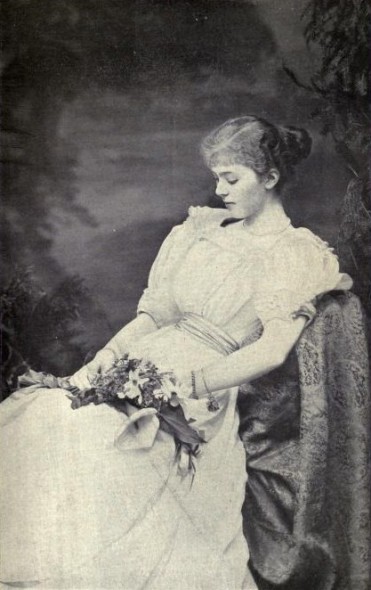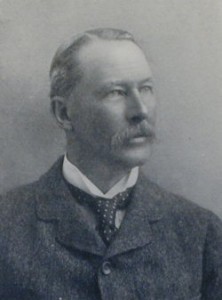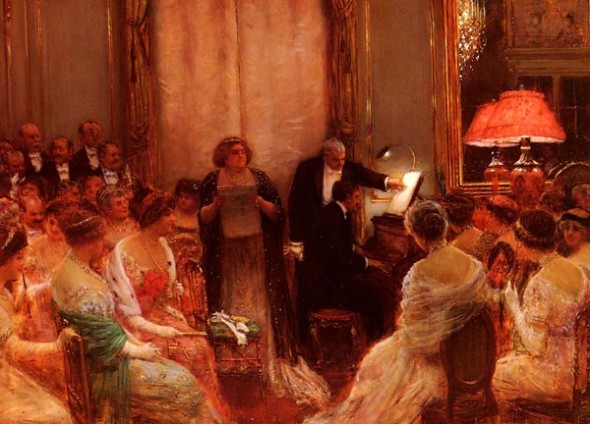
Contrary to common belief, it wasn’t easy or painless to be elevated to the peerage. In fact, there were many hidden costs associated with the King and Prime Minister bestowing a title on a man of means or reputation. A journalist in The Lady’s Realm details these costs!
The Procedure
- The King notifies the Secretary of State for the Home Department of his intention to raise Mr. Smith to the peerage
- The Home Secretary shares the King’s command with the Clerk of the Crown, who prepares the warrant for the new peerage with His Majesty’s signature
- The warrant is signed by His Majesty and the Home Secretary, and is then sent to the Lord Chancellor, who also signs the document
- The Letters Patent of the Peerage is prepared by the Stationery Office
The Costs
- The Letters Patent: £5 (~£550 in 2017)
- Barony: £360 17s (~£39,000)
- Viscountcy: £467 4s 6d (~£50,000)
- Earldom: £574 12s (~£62,000)
- Marquessate: £691 12s (~£75,000)
- Dukedom: £809 12s (~£88,000)
- Special limitation in special remainder (if new peer has no sons and wants title to be passed through female line): varies by each remainder and the title–Frederick Roberts, 1st Earl Roberts paid over £1750 for his earldom to allow his title to be passed through his daughters)
- Robe, designed for each step of the peerage, necessary when introduced to the House of Lords: £40-50
- Coronet, designed for each step of the peerage: up to £450
- Three-cornered beaver hat, worn during introduction to House of Lords: £10-15
(current values compared to 1910 calculated using Stephen Morley’s calculator)





I would want to be an earl. Earls had the time and responsibility to be creative and community-minded, without having the pomposity and almost royal values of dukes.
But I had no idea that there was a specific monetary cost attached to each title and to each ceremonial outfit.